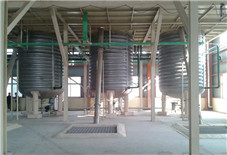What is Urea-formaldehyde
Urea-formaldehyde, also known as urea-methanal, so named for its common synthesis pathway and overall structure, is a non-transparent thermosetting resin or polymer. It is produced from urea and formaldehyde. These resins are used in adhesives, finishes, particle board, MDF, and molded objects. UF and related amino resins are a class of thermosetting resins of which urea-formaldehyde resins make up 80% produced globally. Examples of amino resins use include in automobile tires to improve the bonding of rubber to tire cord, in paper for improving tear strength, in molding electrical devices, jar caps, etc.
Agricultural use of Urea-formaldehyde
Urea formaldehyde is also used in agriculture as a controlled release source of nitrogen fertilizer. Urea formaldehyde’s rate of decomposition into CO2and NH3 is determined by the action of microbes found naturally in most soils. The activity of these microbes, and, therefore, the rate of nitrogen release, is temperature dependent. The optimum temperature for microbe activity is approximately 70-90 °F (approx 20-30 °C).
We can provide Urea Formaldehyde (UF) Glue Plant/The Urea Formaldehyde (UF) technology, any questions pls contact us.

Other technologies information pls visit here.
评论
发表评论